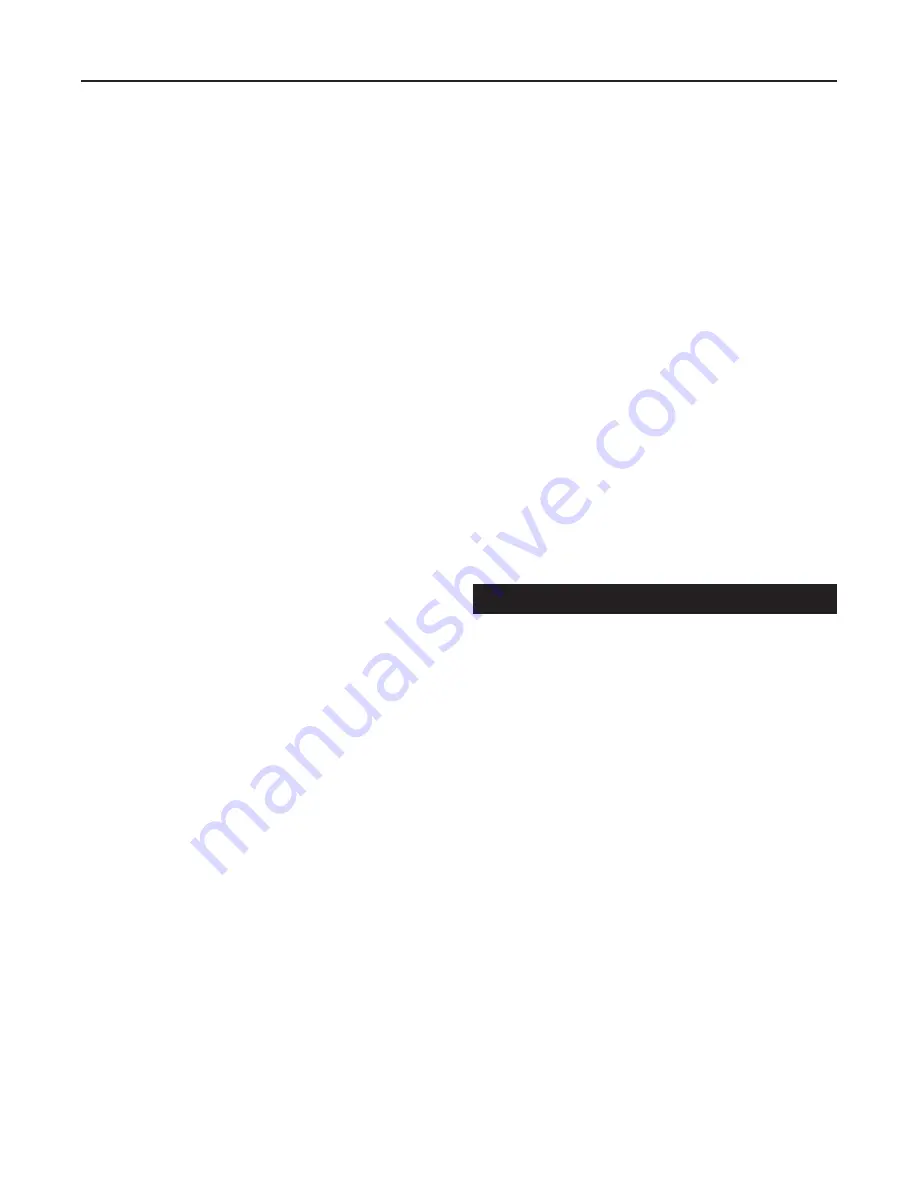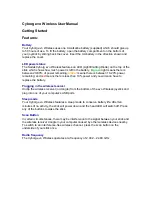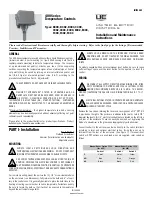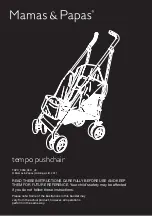
3
Pressure Regulators with Type SP/P Safety Pilot
Principle of Operation
Regulator
The main spring and the initial pressure on top of
the disk keeps the main valve close. The pilot, which
is held open by its adjusting spring, receives high
pressure steam from the inlet side of the main valve
by means of the 1/4 in. / 6.35 mm nipple and union
connecting it to the main valve. This high pressure
steam flows through the pilot and discharges into the
copper tubing tee. From this tee part of the steam
flows through the bleedport (3/32 in. / 2.38 mm orifice)
located on the outlet side of the main valve, and the
rest flows down to the restriction (orifice size varies
with valve size) to exert pressure on the main valve
diaphragm and thus open the main valve.
As the delivery pressure builds up to the desired point,
it reacts on the pilot diaphragm through the control
pipe, thus throttling the pilot and the amount of steam
flowing through it. As the amount of steam flowing
through the pilot is throttled, some of the pressure
Installation
▲
WARNING
Personal injury or system damage
may result if this regulator is installed,
without appropriate overpressure
protection, where service conditions
could exceed the limits given in
the Specifications section and/or
regulator nameplate.
Additionally, physical damage to the
regulator may result in personal injury
or property damage due to escaping of
accumulated gas. To avoid such injury
and damage, install the regulator in a
safe location.
Under enclosed conditions or indoors,
escaping gas may accumulate and be an
explosion hazard. In this case, the vent
should be piped outdoors.
For regulator constructions with a
spring case vent, the vent should be
kept open to permit free flow of gas
to the atmosphere. Protect openings
against entrance of rain, snow, insects
or any other foreign material that may
plug the spring case vent or vent line.
Type E Main Valve
The Type E Main Valve is pilot-operated normally
closed, single seat design featuring packless
construction, balanced metal, diaphragms and
protected main spring.
One or more pilot regulators are mounted to Type E
main valve to fit with the specifications defined by the
pressure regulating system.
Type D Pilot
The Type D pilot is combined with Spence™ main
valve to reduce a steady or varying initial pressure to a
constant, adjustable delivery pressure.
Type SP/P Pressure Safety Pilot
The purpose of the safety pilot is to prevent the
pressure from building up on the house side in case of:
1. Failure of the Type D pilot in an open position on
the primary pressure regulator.
2. Failure of the main valve in an open position on
the secondary pressure regulator.
The safety pilot is purely a standby pilot used as a
safety feature and under normal conditions does
no regulation.
under the main valve diaphragm escapes through the
bleedport and the main valve throttles down to the
point where it is just passing enough steam to keep
the delivery pressure at the desired point.
Pressure Safety Pilot
The safety pilot inlet is connected to the restriction
tee at bottom of primary main valve, which has a
restriction on the Type D pilot side, but none on the
safety pilot side. This means that when the safety pilot
opens, it can always bleed off the pressure under the
main valve diaphragm faster than the Type D pilot can
build it up through the restriction, thus causing the
primary main valve to close.
The control pipe of the safety pilot is connected to
the house side and the safety pilot is set for a slightly
higher pressure than is normally carried on the house
side. If, for any reason, the house pressure builds
up, the safety pilot will throttle the primary main valve
to maintain the house pressure at the setting of the
safety pilot.


























